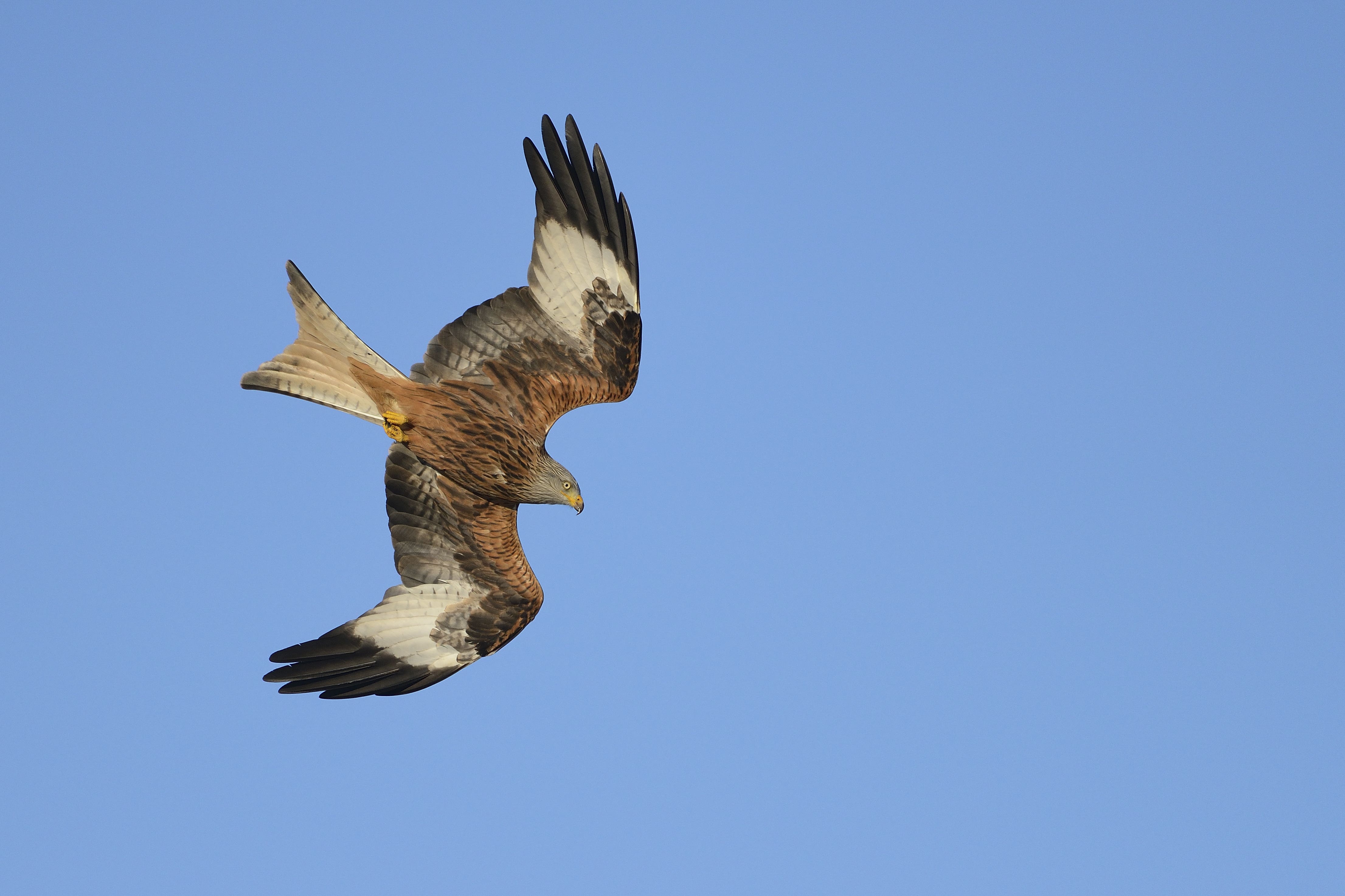Your support helps us to tell the story
From reproductive rights to climate change to Big Tech, The Independent is on the ground when the story is developing. Whether it's investigating the financials of Elon Musk's pro-Trump PAC or producing our latest documentary, 'The A Word', which shines a light on the American women fighting for reproductive rights, we know how important it is to parse out the facts from the messaging.
At such a critical moment in US history, we need reporters on the ground. Your donation allows us to keep sending journalists to speak to both sides of the story.
The Independent is trusted by Americans across the entire political spectrum. And unlike many other quality news outlets, we choose not to lock Americans out of our reporting and analysis with paywalls. We believe quality journalism should be available to everyone, paid for by those who can afford it.
Your support makes all the difference.The Royal Air Force says people feeding red kites are endangering military aircraft.
A spokesperson for RAF Benson, near Oxford, says the birds are becoming so numerous in Oxfordshire that military aircraft are having to re-route to avoid them.
Due to their size and weight, red kites cause greater damage to aircraft than other birds if hit in a bird strike.
The military base has already seen two birdstrikes in the last year - with one involving a red kite.
In another incident, an aircraft was forced to re-route on landing after being ‘surrounded’ by 15 of the birds of prey.
The base has joined a campaign by local parish and town councils in Cholsey and Wallingford urging the public not to feed the birds.
An RAF spokesman said: “Big birds of prey and aircraft are never a good mix.
“RAF Benson has an active wildlife management plan to mitigate birdstrike risk for its helicopters, this includes asking the local community to help, by not feeding kites in the vicinity of the aerodrome.
“This strategy is fully endorsed by Natural England, as it also helps the birds avoid the risk of being hit by our aircraft.”
The kites are less deterred by bird control measures than other birds because they fly high above the airfield’s wildlife control operatives looking for prey.
At a Wallingford Town Council meeting on August 21, group captain Christian Royston-Airey, station commander of RAF Benson, described to councillors the significant and costly damage that could be caused to aircraft by a bird strike.
His comments came after the council launched its campaign against feeding red kites after several reports of the birds swooping down and stealing food from parks.
One resident reported on social media they had received “a right old thump on the head” when a red kite swooped on them at the Bull Croft Park, while another said they had received “scratches on my hand” from a similar incident near Waitrose.
In response, the council have put up around 20 posters in the Kinecroft, the Bull Croft, and the moorings by the River Thames which warned people against feeding the birds.
Cllr Steve Holder said no further incidents had been reported since the campaign began.
He said: “We’re obviously not going to get anyone calling up to say they used to feed the red kites and now don’t, but hopefully it’s hit a nerve and they have been convinced to stop by guilt.
“They’ve been given an indication of what happens when you do feed them.”

Join our commenting forum
Join thought-provoking conversations, follow other Independent readers and see their replies
Comments